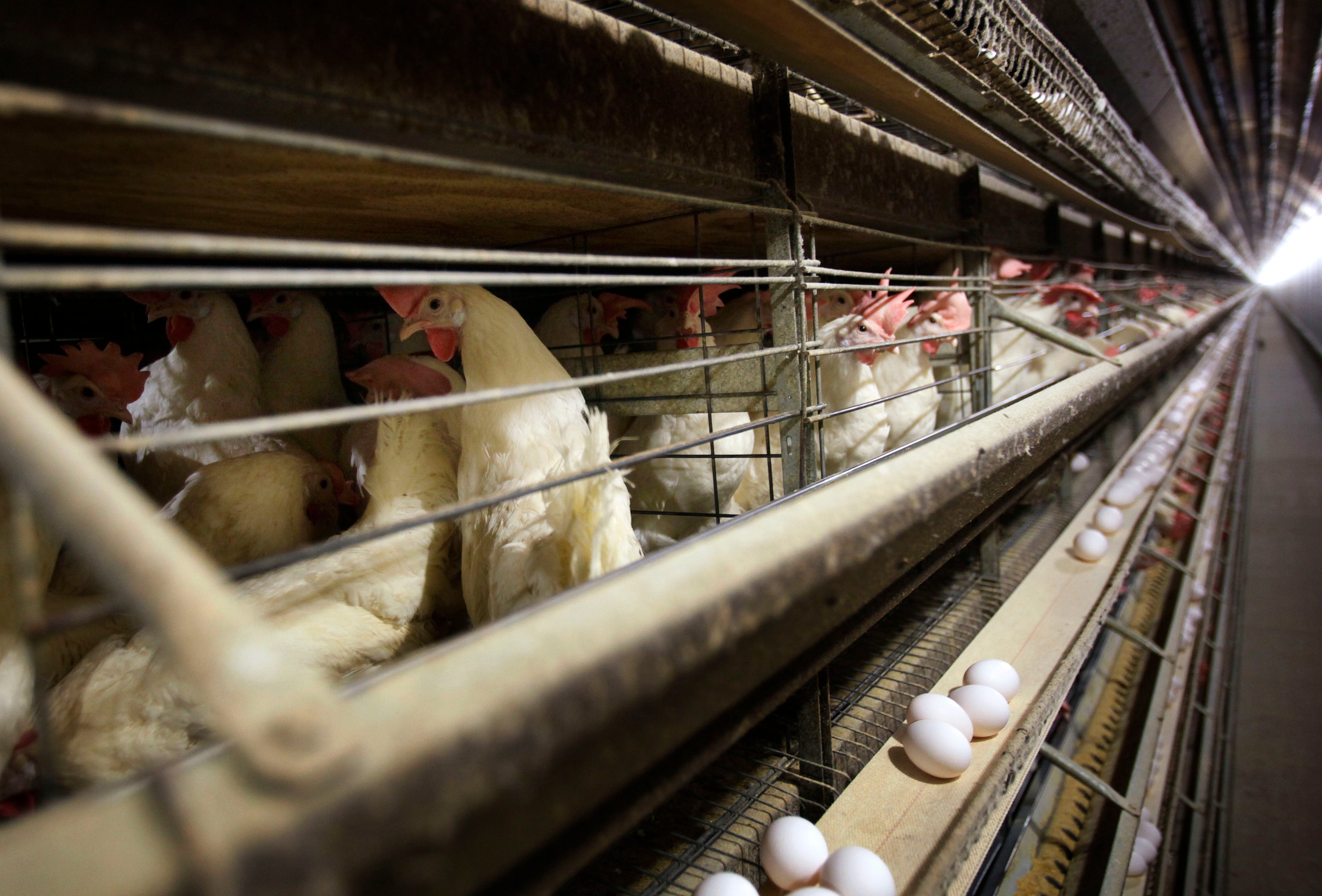Colorado Bird Flu Outbreak

Colorado bird flu – The Colorado Department of Agriculture has confirmed an outbreak of highly pathogenic avian influenza (HPAI) in a commercial turkey flock in Weld County. This is the first confirmed case of HPAI in Colorado in 2023. The virus has also been detected in wild birds in several counties across the state.
Impact on the Poultry Industry
The outbreak has had a significant impact on the poultry industry in Colorado. The affected flock has been quarantined, and all birds on the premises have been euthanized. The Colorado Department of Agriculture is working with the U.S. Department of Agriculture to trace the source of the outbreak and prevent its spread to other flocks.
Impact on Wildlife, Colorado bird flu
The virus has also been detected in wild birds in several counties across Colorado. Wild birds can carry the virus without showing any symptoms, and they can spread it to other birds through their droppings or saliva. The Colorado Department of Agriculture is urging people to avoid contact with wild birds and to report any sick or dead birds to the agency.
Containment Efforts and Prevention Measures
The Colorado Department of Agriculture is working with the U.S. Department of Agriculture to contain the outbreak and prevent its spread. The agency has implemented a number of measures, including:
- Quarantining infected flocks
- Euthanizing infected birds
- Restricting the movement of poultry and poultry products
- Increasing surveillance for the virus in wild birds
- Educating poultry producers about the virus and how to prevent its spread
Bird Flu Transmission and Prevention

Bird flu, also known as avian influenza, is a highly contagious viral infection that can affect both birds and humans. The virus can be transmitted through direct contact with infected birds or their bodily fluids, or through contact with contaminated surfaces or objects.
There are several different ways that bird flu can be transmitted, including:
- Direct contact with infected birds: This is the most common way that bird flu is transmitted to humans. People who work with poultry or handle infected birds are at the highest risk of infection.
- Contact with contaminated surfaces or objects: Bird flu can survive on surfaces for several days, so it is possible to become infected by touching something that has been contaminated with the virus, such as a doorknob, countertop, or piece of clothing.
- Inhalation of infected droplets: Bird flu can also be transmitted through the air when an infected bird coughs or sneezes. This is less common, but it can occur in close quarters, such as in a poultry barn or slaughterhouse.
The symptoms of bird flu in birds can vary depending on the strain of the virus, but they typically include:
- Respiratory problems, such as coughing, sneezing, and difficulty breathing
- Swelling of the head and neck
- Discharge from the eyes and nose
- Loss of appetite
- Lethargy
- Death
The symptoms of bird flu in humans can also vary depending on the strain of the virus, but they typically include:
- Fever
- Cough
- Sore throat
- Muscle aches
- Headache
- Fatigue
- Nausea and vomiting
- Diarrhea
In severe cases, bird flu can lead to pneumonia, respiratory failure, and death.
There are several things that can be done to prevent the spread of bird flu, including:
- Avoid contact with infected birds: This is the most important thing you can do to prevent bird flu. If you must handle poultry, wear protective clothing and gloves, and wash your hands thoroughly afterwards.
- Cook poultry thoroughly: Bird flu can be killed by cooking poultry to an internal temperature of 165 degrees Fahrenheit.
- Wash your hands frequently: Wash your hands with soap and water after handling poultry, touching surfaces that may have been contaminated with the virus, or being in close contact with someone who is sick.
- Avoid touching your face: This can help prevent the virus from entering your body through your eyes, nose, or mouth.
- Get vaccinated: There is a vaccine available to protect against bird flu. The vaccine is recommended for people who work with poultry or who are at high risk of exposure to the virus.
By following these tips, you can help prevent the spread of bird flu and protect yourself and your loved ones from infection.
The recent outbreak of bird flu in Colorado has raised concerns among poultry farmers and health officials alike. While the virus has not yet been detected in humans, it poses a significant threat to the poultry industry. For more information on the outbreak and its potential impact, be sure to check out the latest updates on Morning Joe.
The situation remains fluid, and it is crucial to stay informed about the latest developments to ensure the safety of our food supply.
The recent outbreak of bird flu in Colorado has raised concerns about the potential impact on poultry production and the spread of the virus to humans. While the situation is being closely monitored, it is important to note that this is not the first time that bird flu has been detected in the United States.
In fact, NASA’s recent discovery of nasa moon caves has raised questions about the potential for the virus to survive in extreme environments. While more research is needed to determine the exact implications of this discovery, it is a reminder that the study of space exploration can have a direct impact on our understanding of life on Earth and the potential threats to our health.